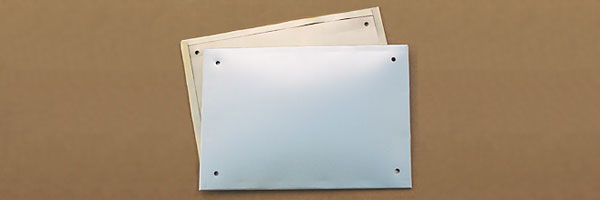
Make Your Own Exhaust / Muffler Heat Shields (for just $4 each)
as published in British V8 Magazine, Volume XVI Issue 1, May 2008
by: Curtis Jacobson
(This is a very rough first draft...)
Muffler heat shields are usually intended for keeping the driver compartment
comfortable. In some cases they're intended for protecting parts of the fuel,
electrical, brake, or suspension systems. They can potentially have other
benefits too, including noise reduction.
Heat shields work by reflecting heat downward and away from the car, or back into
the exhaust system. (From a performance point of view, it's preferable to keep
exhaust gases as hot as feasible until they exit the tailpipe.) A muffler heat
shield will inevitably get hot with the rest of the exhaust system, but if it's
designed properly it will minimize heat emission or conduction upward into the
car. Ideally, there should be an air gap between the muffler and the heat shield,
and also a second air gap between the heat shield and whatever it's protecting.
These air gaps should be as large as feasible. Usually it's preferable to mount
heat shields to the exhaust system because this reduces or eliminates conduction
of heat and noise into the body of the car. In the real world of hot-rod British
sports cars though, we usually have to make compromises of space, of convenience,
and of cost.
I wanted to fit muffler heat shields on my MGB GT V8, but due to space constraints
and a small budget, I couldn't find a suitible "store bought" solution. Okay,
honestly, I just wanted the challenge of designing and fabricating good, effective
heat shields from scratch. The problem, however, is aggravated on my car because the
muffler installation is particularly "tight". My car was converted to V8 power almost
twenty years ago, and back then I wasn't thinking about heat shields. Furthermore,
store bought heat shields would have cost at least four or five times as much as
I wanted to spend. I figured I could fabricate two home-made heat shields in
an hour or two, and with a budget of just four or five dollars apiece.
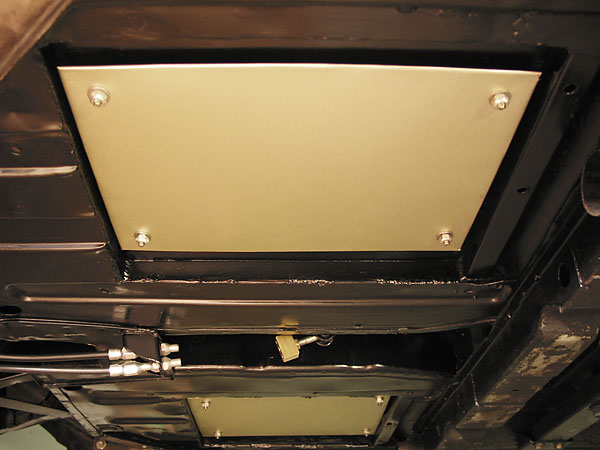
These muffler heat shields are mounted right under my seats.
When we started converting my MGB GT to V8 power (back around 1990), some of my design objectives were: light weight, low ride height, and low polar moment of inertia (i.e. heavy things like mufflers should be as close to centered as feasible.) Also, I was moving the driver's seat further back than the stock rails would go, and I wanted to strengthen its mounting, since the floorboards were rusted-through in places. The design we came up with involved pocketing the mufflers up under seats. The seats were mounted on ladder frames constructed of 1"x1"x0.06" steel tubing with the ladder ends welded to the "heel-board" and the under-floor crossmember, and with a skin of 0.030" steel. Reinforced cut-outs in the under-floor crossmember facilitated getting the exhaust system right up under the floorboards. Having the mufflers under the seats meant tailpipes could be cut short for a significant weight savings (which also made room for a Panhard rod, etc.) Since cost and weight were important considerations, and noise wasn't, I picked the smallest, lightest, cheapest "performance mufflers" I could find: "Thrush Turbo" mufflers at about $19 each. My only complaint has been that the seats get uncomfortably hot on long trips.
How Do Heat Shields Work?
A very thin piece of aluminum can make a pretty good heat shield because (a)
it reflects thermal radiation very well and also because (b) it emits (or
"gives off") heat very inefficiently.
Remember how your momma covered the Thanksgiving turkey with aluminum foil?
Foil reflected the oven's thermal radiation, and the turkey cooked evenly from
top to bottom. As a radiant barrier, aluminum foil performs so well that it
actually needs to be removed, briefly, for the turkey's skin to brown nicely.
Used as a radiant barrier (i.e. a "reflector"), a cut or tear isn't a big deal
so long as it doesn't turn into a gaping hole. After letting the turkey's skin
brown, your mom probably removed the bird from the oven and replaced the loose
foil covering. Since aluminum doesn't emit much heat, the turkey stayed hot until
mom's praline sweet potatoes and incredibly awesome butter rolls were ready.
I'd trade all the holidays in the year for mom's Thanksgiving dinner, but I
digress... As a reflector, it shouldn't surprise you that a shiny surface
outperforms an unpolished surface and that a clean surface outperforms a dirty
surface. Anodized aluminum generally outperforms painted aluminum.
The concept of high reflectivity is more intuitive than the concept of low emissivity.
To understand emissivity, think of a light bulb. When turned "on", a light bulb emits
light. If you paint the bulb black, there's no light emission. You can put your hand
relatively near a black-painted light bulb and you'll feel relatively little heat on
your skin. Just don't touch the painted light bulb, or you'll get a hard lesson in
heat conductivity! (Aluminum is also a real good conductor of heat.)
What if it isn't practical to mount the heat shield with an air gap on either
side? Since aluminum is only a pretty good reflector and not a perfect one,
some heat will inevitably be absorbed into the heat shield itself. We can at
least make an attempt to insulate one side of the heat shield from the other.
This can be done by laminating together several layers of material. For example,
the heat shield might be constructed of two thin layers of aluminum, with
fiberglass or ceramic batting in between.
Enjoying this article? Our newsletter is funded through the generous support of readers like you!
To contribute to our operating budget, please click here and follow the instructions.
(Suggested contribution is twenty bucks per year. Feel free to give more!)
Ready-Made Alternatives
- - -
Flowmaster 51017 $37.76/muffler (shield formed out of aluminum sheet that mounts to muffler)
- - -
Heatshield products "Reflect-a-Shield" 6" by 14" (pn 100614) $18.52/ea plus shipping
The highest quality reflective heat shield on the market. There is no better way to shield
radiant heat away. We use a 1/4" thick ceramic inner pad sandwiched between heavy duty foil
and bound together with a stainless steel mesh at the edges. By binding the edges with a
stainless steel mesh, we create greater flexibility and a more rugged product. This heat
shield withstands 1000°F continuous radiant heat and 400°F of direct contact. As with any
aluminum insulation product, it is not designed for direct contact with exhaust systems.
this heat shield is intended for wrapping around electrical boxes, air conditioning components,
or used as a catalytic converter and muffler heat shield. All of these reflective heat shields
may be fastened with Thermal-Tie, safety wire, screws, or rivets. Custom sizes are available.
- - -
Heatshield products "Inferno-Shield" 6" by 14" (pn 110614) $22.31/ea plus shipping
More than just another heat shield, Inferno Shields can be customly configured to handle what
ever your thermal requirements are. These heat shields can be bent, folded, twisted, etc to
form a custom shape. Our heat shields come in three different grades of alloy: aluminum
(900°F continuous), stainless steel (1800°F continuous) and inconel (2200°F continuous).
All these alloy heat shields have an inner ceramic pad that can be trimmed for a custom fit.
Koolmat Heat Master Shields
Part #08000
$1.08 per sq inch
Pre-cut heat shield with a 2500º NASA Insulation sandwiched between two textured inconel
panels, grommeted for easy installation. Installed with 3000º Stainless Steel tie straps.
Three sizes available.
Designed to reduce heat radiated from tailpipes, catalytic converters or pipes which are
routed close to gas tanks or flooring on RV or Van Conversions, Race Cars or Street Rods.
Tie straps available separately.
The Heatmaster Exhaust shield is hand made with 2500º guts. All others are just a thin or
thick sheet of metal. And limited to the thickness of the metal and your patience.
Get the Best! A NASCAR EXHAUST SHIELD SYSTEM.
- - -
MUFFLERS RIGHT UNDER YOUR FEET?? Raise the foot up with this 18" x 16" air pocket.
Weighs just l lb. Installs in one minute and raises your foot 3/8" off the floor. Koolmat
installed on top and the heat passes underneath your feet. Good to 800ºF. With Koolmat 1000ºF.
Universal ..12" x 16" 2 Sq.... 07062
Retail - $126.40
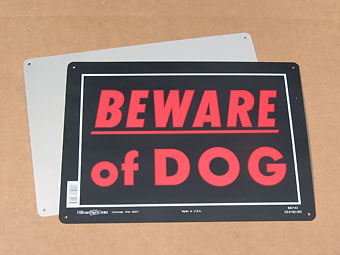
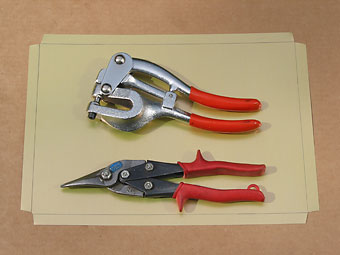
Making a home-made heat shield...
blah, blah, blah, blah. blah, blah, blah, blah. blah, blah, blah, blah. blah, blah, blah, blah.
blah, blah, blah, blah. blah, blah, blah, blah. blah, blah, blah, blah. blah, blah, blah, blah.
blah, blah, blah, blah. blah, blah, blah, blah. blah, blah, blah, blah. blah, blah, blah, blah.
blah, blah, blah, blah. blah, blah, blah, blah. blah, blah, blah, blah. blah, blah, blah, blah.
blah, blah, blah, blah. blah, blah, blah, blah. blah, blah, blah, blah. blah, blah, blah, blah.
blah, blah, blah, blah. blah, blah, blah, blah. blah, blah, blah, blah. blah, blah, blah, blah.
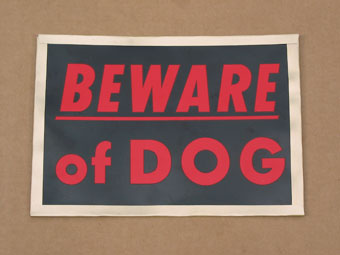
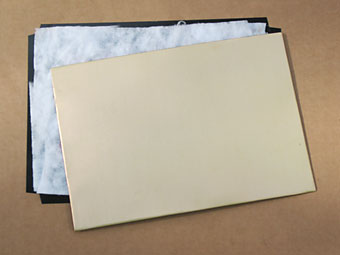
blah, blah, blah, blah. blah, blah, blah, blah. blah, blah, blah, blah. blah, blah, blah, blah. blah, blah, blah, blah. blah, blah, blah, blah. blah, blah, blah, blah. blah, blah, blah, blah. blah, blah, blah, blah. blah, blah, blah, blah. blah, blah, blah, blah. blah, blah, blah, blah. blah, blah, blah, blah. blah, blah, blah, blah. blah, blah, blah, blah. blah, blah, blah, blah. blah, blah, blah, blah. blah, blah, blah, blah. blah, blah, blah, blah. blah, blah, blah, blah. blah, blah, blah, blah. blah, blah, blah, blah. blah, blah, blah, blah. blah, blah, blah, blah.
blah, blah, blah, blah. blah, blah, blah, blah. blah, blah, blah, blah. blah, blah, blah, blah. blah, blah, blah, blah. blah, blah, blah, blah. blah, blah, blah, blah. blah, blah, blah, blah. blah, blah, blah, blah. blah, blah, blah, blah. blah, blah, blah, blah. blah, blah, blah, blah. blah, blah, blah, blah. blah, blah, blah, blah. blah, blah, blah, blah. blah, blah, blah, blah. blah, blah, blah, blah. blah, blah, blah, blah. blah, blah, blah, blah. blah, blah, blah, blah. blah, blah, blah, blah. blah, blah, blah, blah. blah, blah, blah, blah. blah, blah, blah, blah.
Disclaimer: This page was researched and written by Curtis Jacobson. Views expressed are those of the author, and are provided without warrantee or guarantee. Apply at your own risk.
